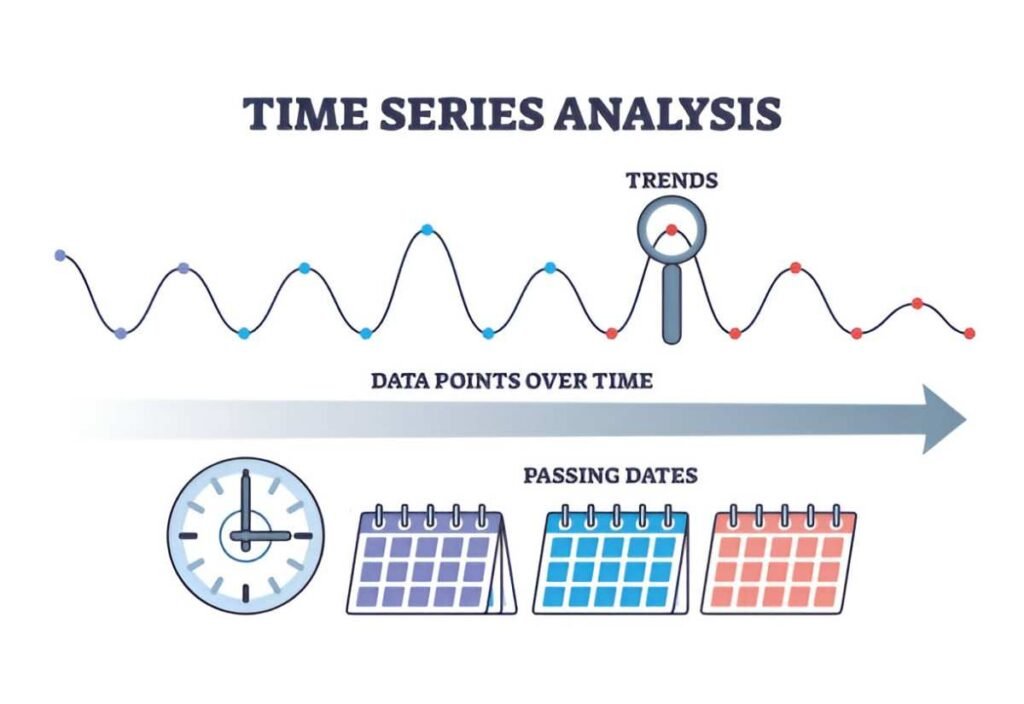A dichotomous question is a type of closed-ended question that offers only two possible responses. These responses are typically “yes” or “no,” “true” or “false,” or other binary options. Dichotomous questions are straightforward and used to obtain clear, concise answers.
Table of Contents
Key Features of Dichotomous Questions
- Binary Options: Respondents are given two choices, which simplifies the decision-making process.
- Clarity: The questions are direct and unambiguous, making them easy to understand.
- Efficiency: Dichotomous questions can quickly gather specific information, making them useful in surveys and research.
Importance of Dichotomous Questions
Data Collection
- Simplicity: Dichotomous questions are easy to answer, increasing response rates in surveys.
- Speed: The binary nature allows for quick data collection and analysis.
- Clarity: Clear answers reduce the ambiguity often associated with open-ended questions.
Decision Making
- Precision: Helps in obtaining precise answers for specific queries.
- Direct Feedback: Facilitates straightforward feedback, useful in customer satisfaction surveys.
Research and Analysis
- Quantitative Data: Dichotomous questions provide quantitative data that can be easily analyzed.
- Trend Identification: Useful for identifying trends or patterns in responses.
Examples of Dichotomous Questions
Example 1: Customer Satisfaction Survey
- Question: “Are you satisfied with our service?”
- Options: Yes / No
Example 2: Market Research
- Question: “Have you used our product in the last six months?”
- Options: Yes / No
Example 3: Employee Feedback
- Question: “Do you feel valued at your workplace?”
- Options: Yes / No
Example 4: Financial Decision
- Question: “Do you think the company’s financial performance has improved this quarter?”
- Options: Yes / No
Example 5: Compliance Check
- Question: “Did you adhere to the company’s expense policy during your last business trip?”
- Options: Yes / No
How to Use Dichotomous Questions Effectively
Designing the Questions
- Be Clear and Specific: Ensure the question is straightforward and easy to understand.
- Avoid Ambiguity: Make sure there is no room for misinterpretation.
- Relevance: Ask questions that are relevant to the survey or research objective.
Analyzing Responses
- Quantitative Analysis: Use statistical methods to analyze the binary responses.
- Identify Patterns: Look for patterns or trends in the responses to draw meaningful conclusions.
- Compare Results: Compare the dichotomous responses with other data to enhance the analysis.
Combining with Other Questions
- Follow-Up Questions: Use dichotomous questions as a lead-in to more detailed questions.
- Mixed Methods: Combine dichotomous questions with open-ended questions for a comprehensive survey.
Benefits and Limitations of Dichotomous Questions
Benefits
- Ease of Use: Simple for respondents to answer and for researchers to analyze.
- High Response Rate: The simplicity increases the likelihood of respondents completing the survey.
- Quick Analysis: Binary responses can be quickly quantified and analyzed.
Limitations
- Limited Information: Dichotomous questions do not provide detailed insights.
- Potential Bias: The limited options may force respondents to choose an answer that does not fully represent their views.
- Lack of Depth: Does not explore the reasons behind the responses, which can be important for understanding context.
Practical Application in Finance and Accounting
Audits and Compliance
In financial audits and compliance checks, dichotomous questions can be used to quickly verify adherence to policies and regulations. For example:
- Question: “Did you follow the company’s accounting procedures during the last quarter?”
- Options: Yes / No
Customer Feedback in Financial Services
Financial institutions can use dichotomous questions to gauge customer satisfaction and service quality:
- Question: “Are you satisfied with our online banking services?”
- Options: Yes / No
Employee Surveys
Companies can use dichotomous questions to understand employee sentiment and identify areas for improvement:
- Question: “Do you feel that the company provides adequate support for your professional development?”
- Options: Yes / No
Conclusion
Dichotomous questions are a powerful tool in data collection and analysis, offering simplicity and clarity. By providing only two response options, they help in obtaining precise and quick answers, which are essential for surveys, research, and decision-making processes. However, it’s important to be aware of their limitations and to use them in conjunction with other types of questions to gather comprehensive insights. Whether in customer feedback, market research, or compliance checks, dichotomous questions play a crucial role in obtaining actionable data efficiently.





